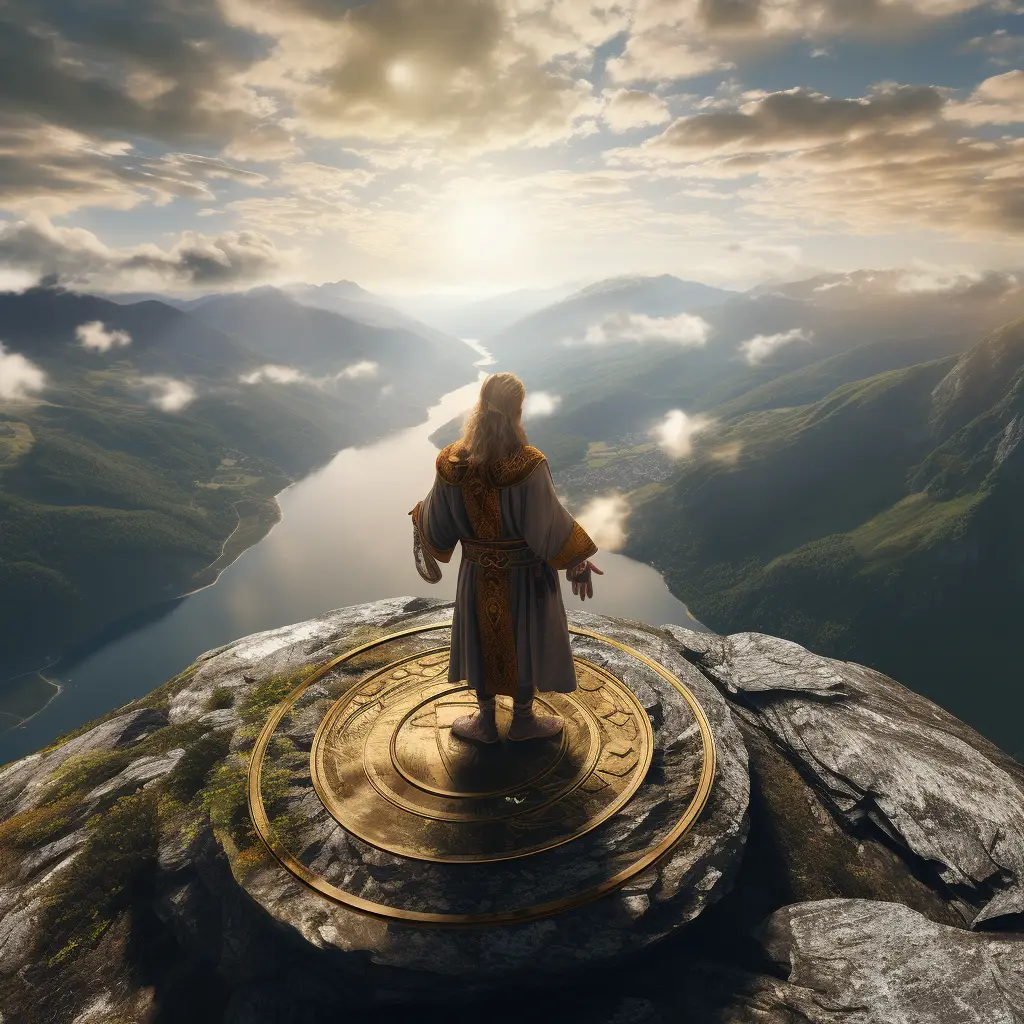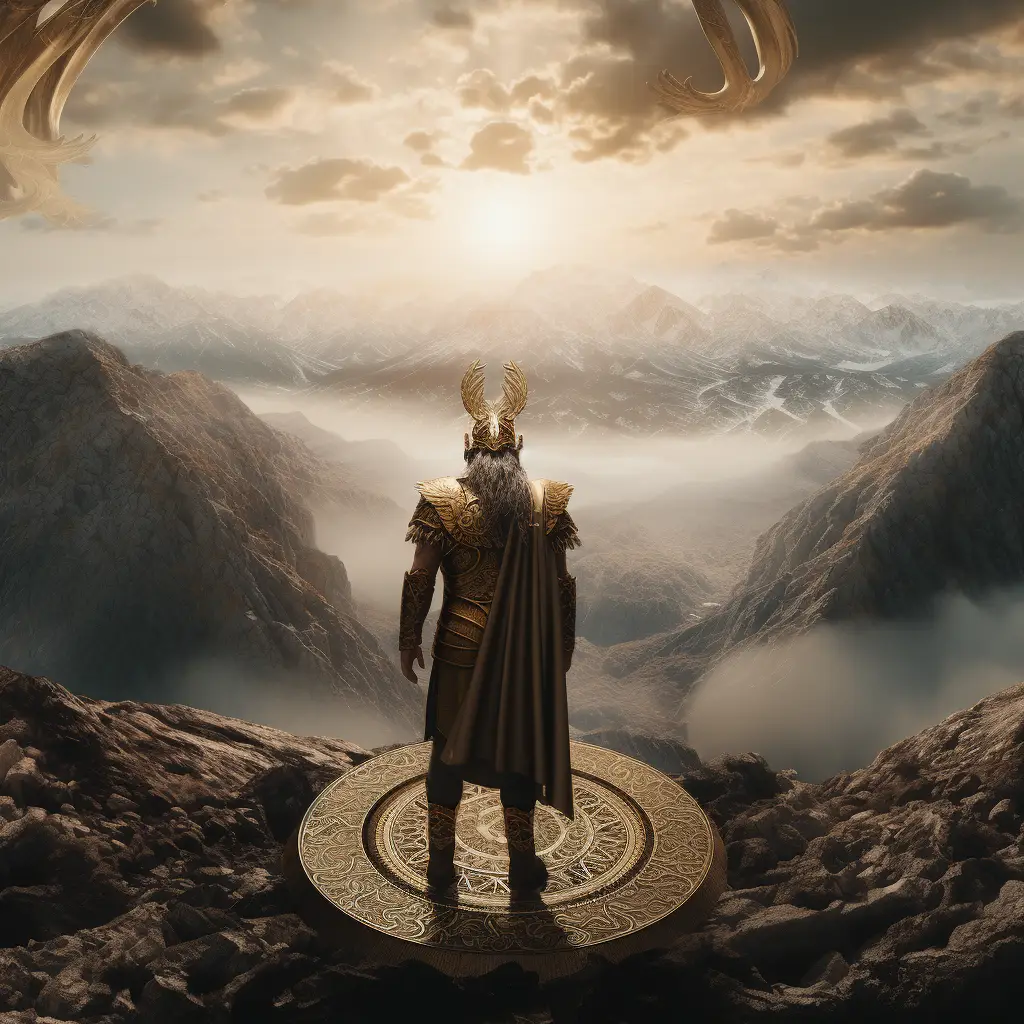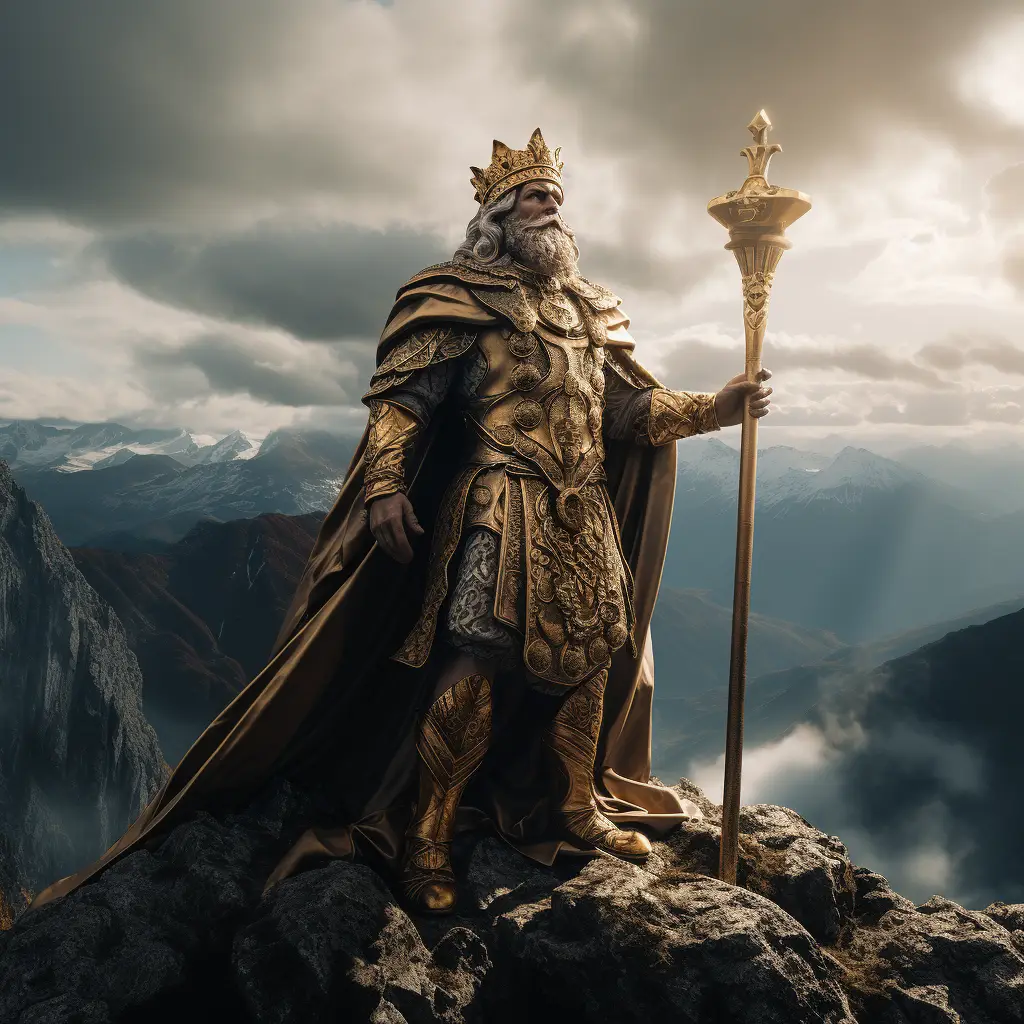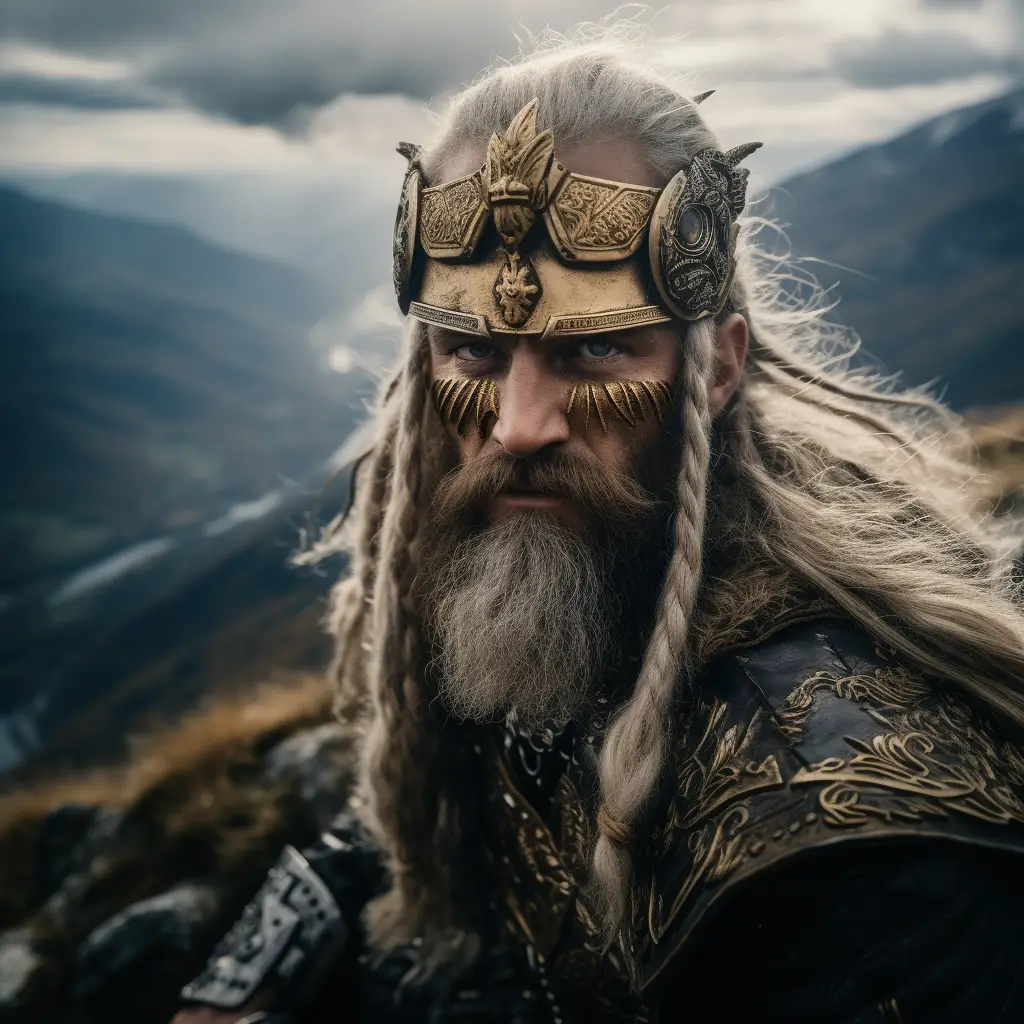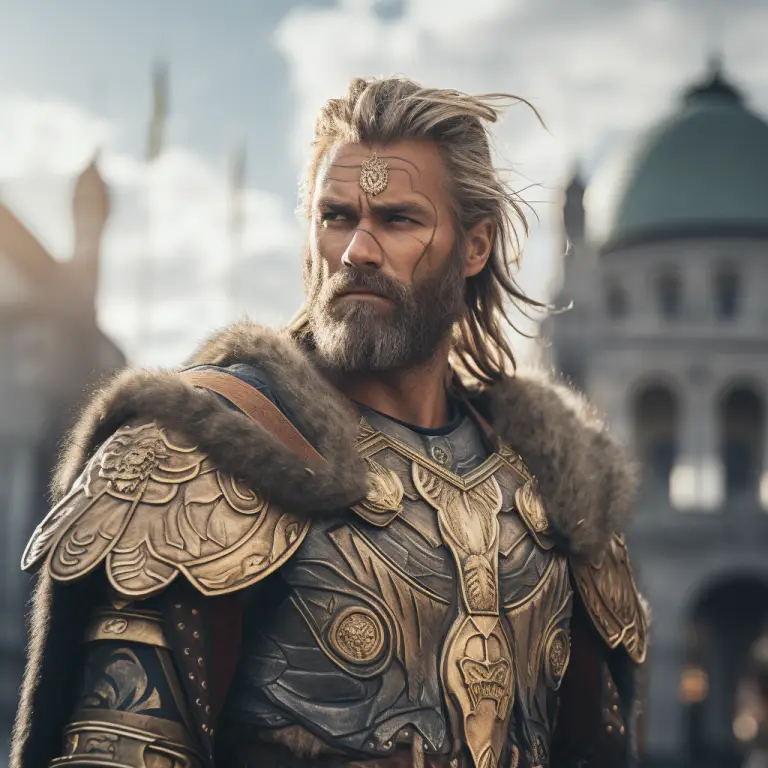Baldr is a prominent figure in Norse mythology, known as the god of light, beauty, and goodness. He is the son of Odin, the chief of the Aesir gods, and Frigg, the queen of the Aesir. Baldr is often described as the most beloved of all the gods due to his fairness and kindness.
One of the most well-known myths involving Baldr is the story of his death. According to the myth, Baldr started experiencing troubling dreams, indicating his impending death. In an attempt to protect him, Frigg extracted promises from all things in the world not to harm Baldr. However, she overlooked mistletoe, and the mischievous god Loki exploited this loophole.
Loki tricked the blind god Hodr into shooting Baldr with a mistletoe arrow, which turned out to be the only thing capable of harming him. Baldr’s death brought about a great sadness among the gods and goddesses, and it marked the beginning of a chain of events leading to the eventual Ragnarok, the end of the world in Norse mythology.
Baldr is often associated with light, purity, and renewal, and his story reflects themes of tragedy and the inevitability of fate in Norse mythology.
In Norse mythology, Baldr is commonly associated with his wife Nanna. Together, they are said to have a son named Forseti. Forseti is a god of justice and reconciliation, often portrayed as a wise and fair figure who settles disputes among the gods and humanity.
While Forseti is the most well-known child of Baldr, other sources may mention additional offspring. However, the primary focus in Norse mythology is often on Baldr’s role as the god of light and beauty, as well as the tragic events surrounding his death and the subsequent events leading up to Ragnarok.
Baldr is typically depicted as a handsome and fair god in Norse mythology. He embodies qualities such as light, purity, and beauty. Common artistic representations and descriptions of Baldr often highlight his radiant appearance, reflecting his association with light.
He is sometimes shown with a crown of light or a halo, symbolizing his divine nature and his role as a god of light. Baldr is often depicted with a calm and gentle demeanour, emphasizing his benevolent and kind-hearted nature. Artists may portray him with attributes that signify his divine status and connection to the heavens.
While Baldr’s physical appearance is not as extensively detailed in Norse mythology as some other gods, the consensus is that he embodies qualities that align with his role as a god of beauty, light, and goodness. The stories and myths surrounding Baldr focus more on his character and the events leading to his tragic death rather than specific physical attributes.
Also known as Balder or Baldur I came across Baldurs Gate in DnD many, many years ago!!!
